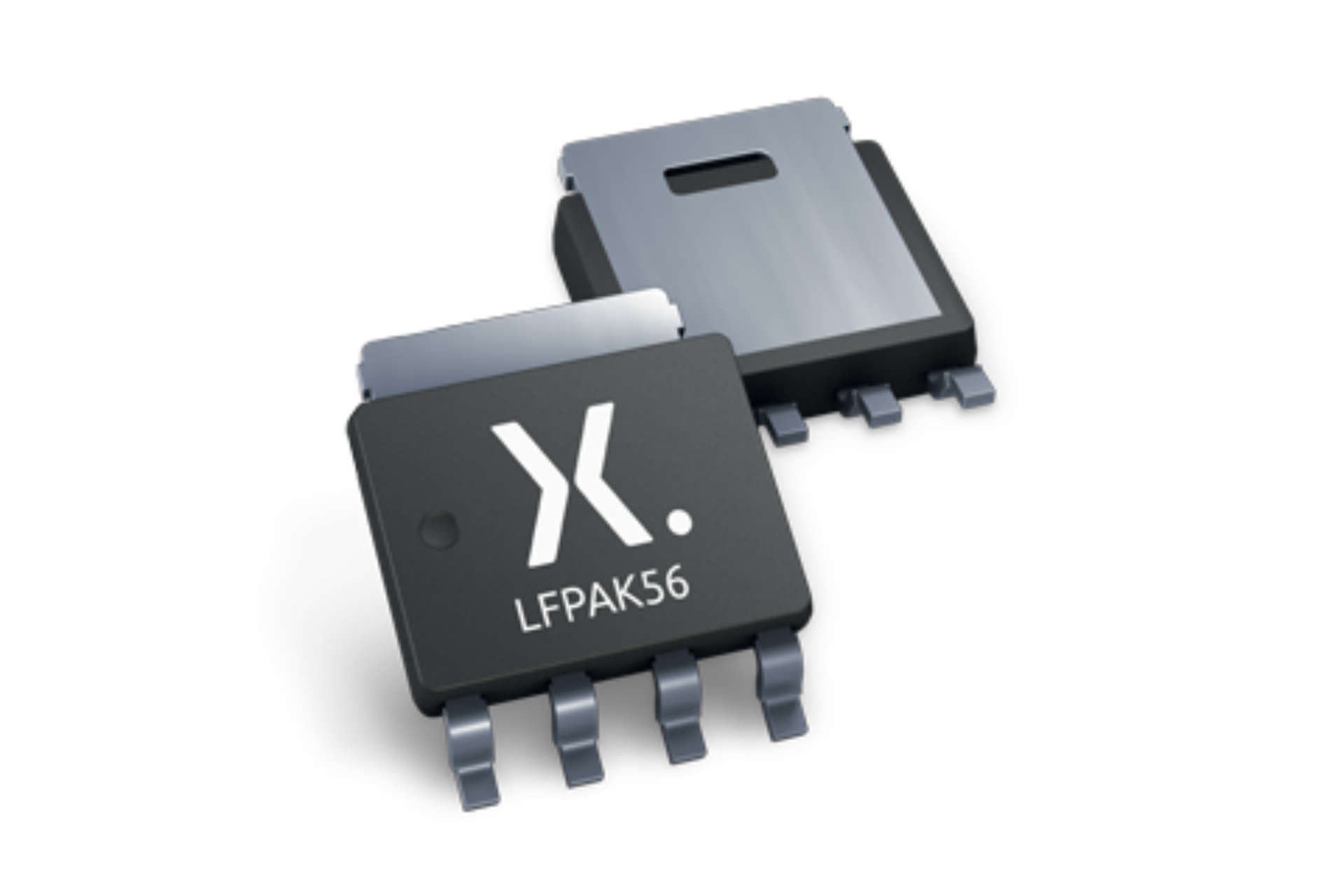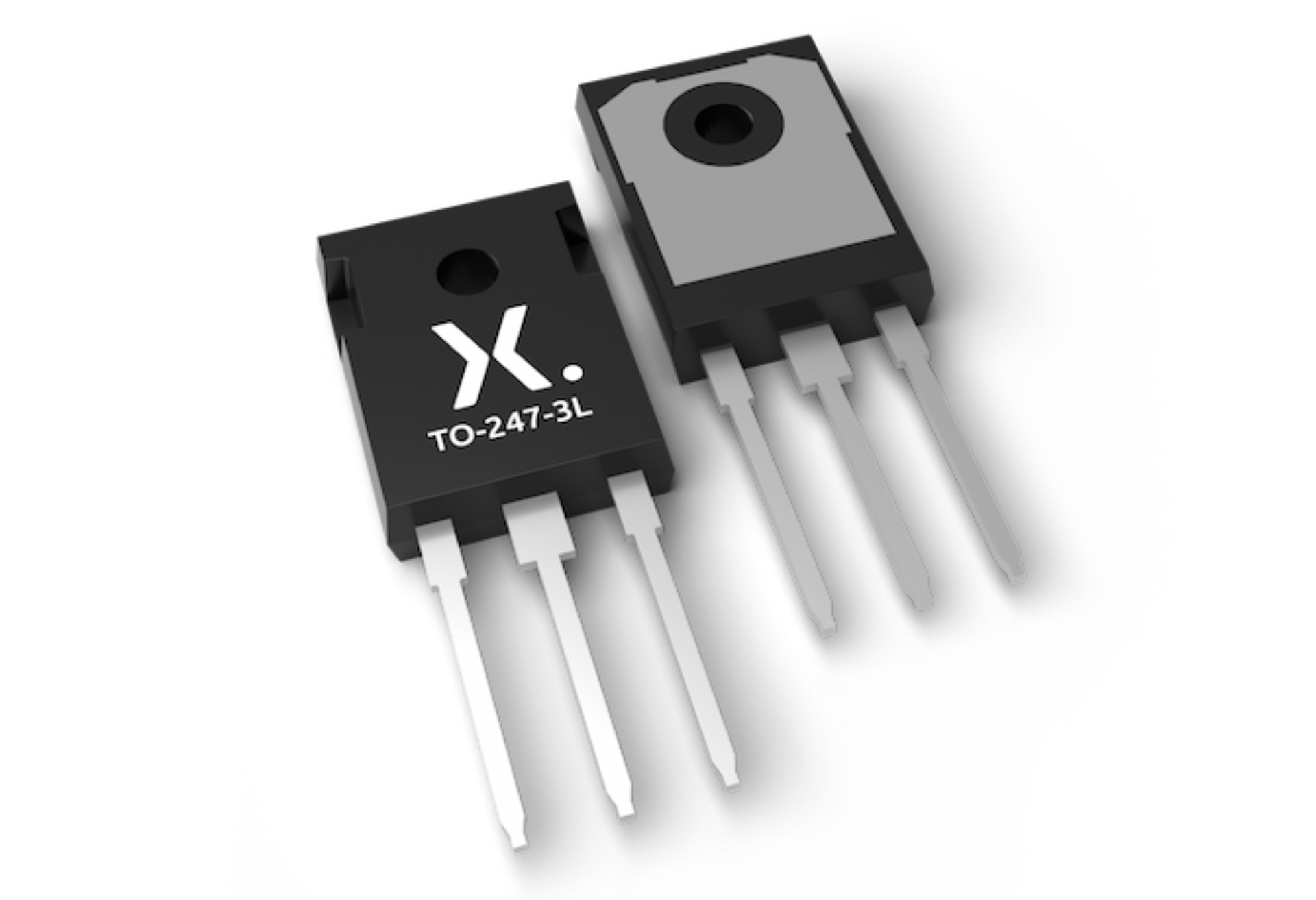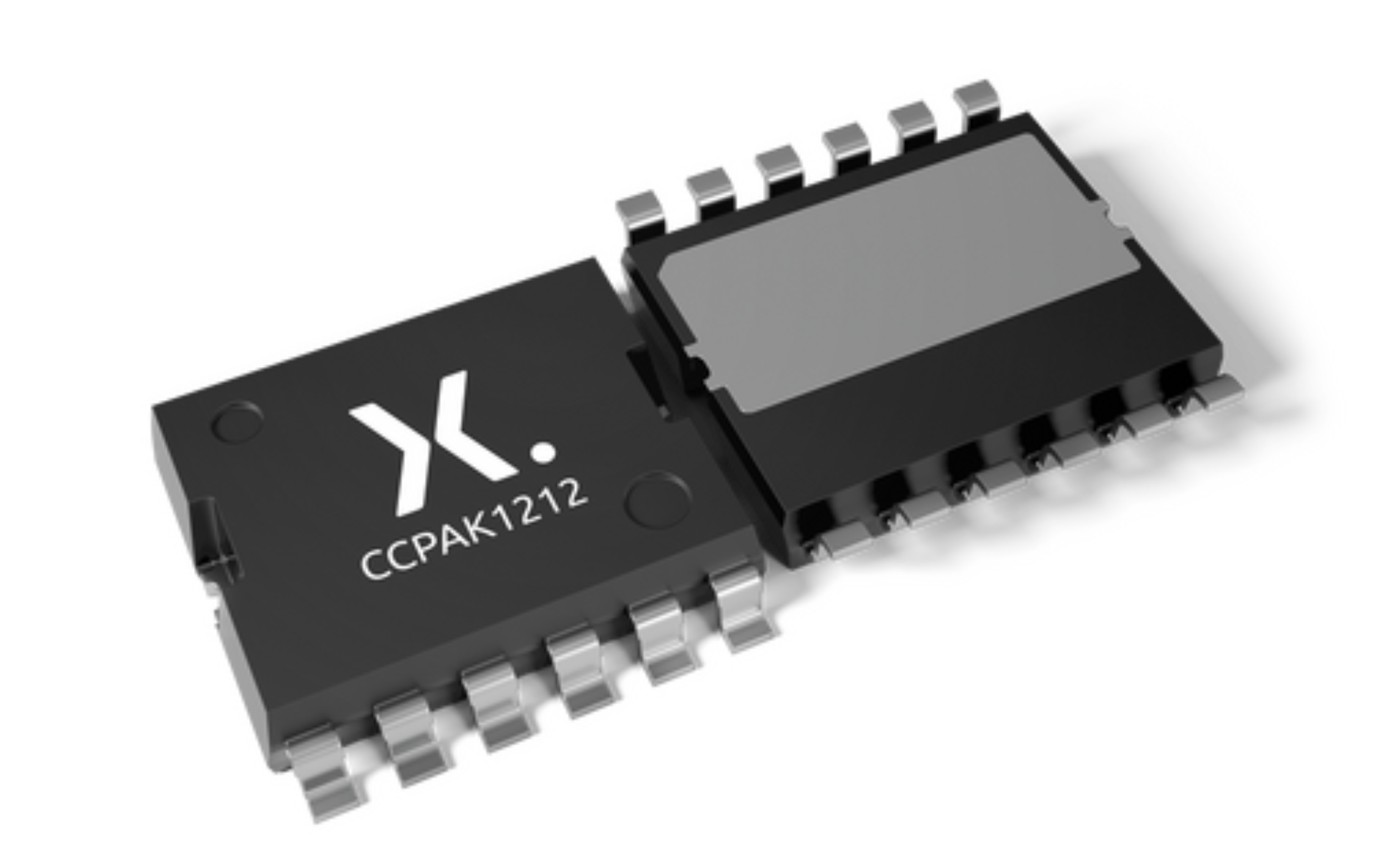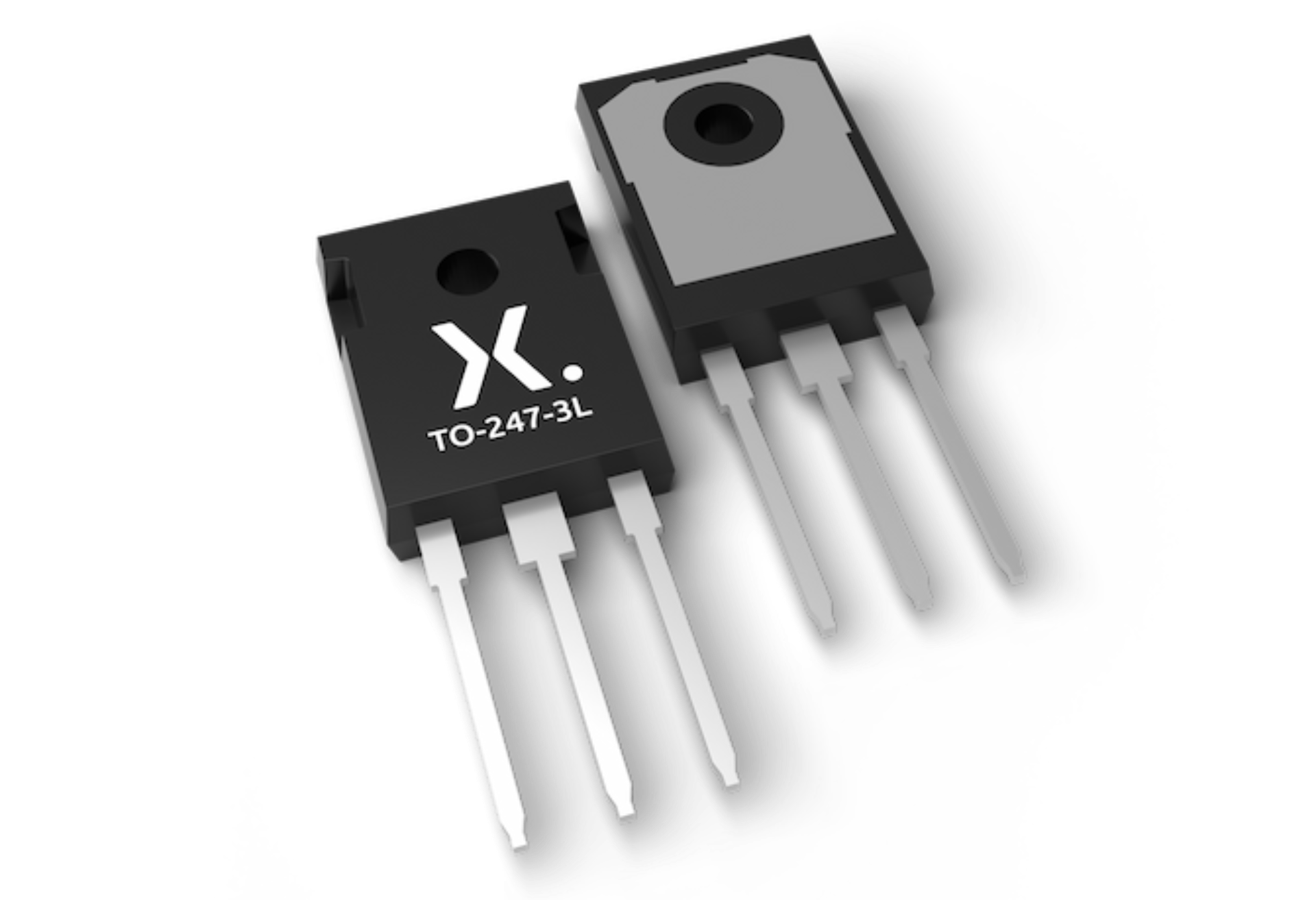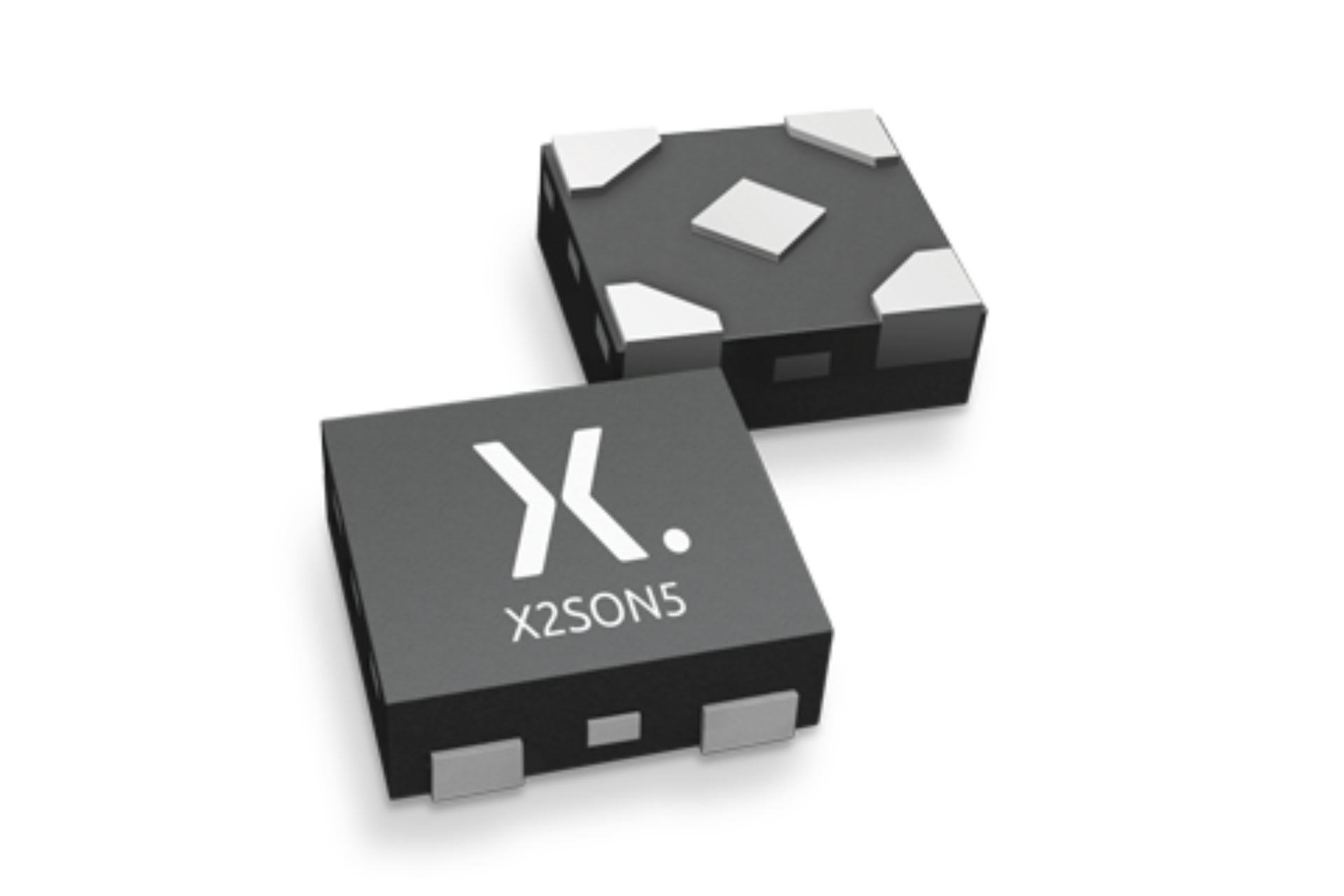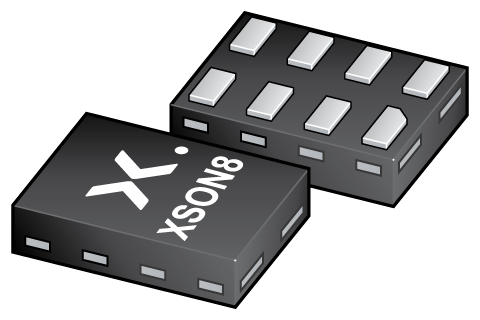
Register once, drag and drop ECAD models into your CAD tool and speed up your design.
Click here for more information74AUP1G74GF
Low-power D-type flip-flop with set and reset; positive-edge trigger
The 74AUP1G74 is a single positive edge triggered D-type flip-flop with individual data (D), clock (CP), set (SD) and reset (RD) inputs, and complementary Q and Q outputs. Data at the D-input that meets the set-up and hold time requirements on the LOW-to-HIGH clock transition will be stored in the flip-flop and appear at the Q output.
Schmitt-trigger action at all inputs makes the circuit tolerant of slower input rise and fall times.
This device ensures very low static and dynamic power consumption across the entire VCC range from 0.8 V to 3.6 V.
This device is fully specified for partial power down applications using IOFF. The IOFF circuitry disables the output, preventing the potentially damaging backflow current through the device when it is powered down.
Alternatives
Features and benefits
Wide supply voltage range from 0.8 V to 3.6 V
CMOS low power dissipation
High noise immunity
Overvoltage tolerant inputs to 3.6 V
Low static power consumption; ICC = 0.9 μA (maximum)
Latch-up performance exceeds 100 mA per JESD 78 Class II
Low noise overshoot and undershoot < 10 % of VCC
IOFF circuitry provides partial Power-down mode operation
Complies with JEDEC standards:
JESD8-12 (0.8 V to 1.3 V)
JESD8-11 (0.9 V to 1.65 V)
JESD8-7 (1.2 V to 1.95 V)
JESD8-5 (1.8 V to 2.7 V)
JESD8C (2.7 V to 3.6 V)
ESD protection:
HBM: ANSI/ESDA/JEDEC JS-001 class 3A exceeds 5000 V
CDM: ANSI/ESDA/JEDEC JS-002 class C3 exceeds 1000 V
Multiple package options
Specified from -40 °C to +85 °C and -40 °C to +125 °C
PCB Symbol, Footprint and 3D Model
| Model Name | Description |
|---|---|
|
|
Package
All type numbers in the table below are discontinued.
| Type number | Orderable part number, (Ordering code (12NC)) | Status | Marking | Package | Package information | Reflow-/Wave soldering | Packing |
|---|---|---|---|---|---|---|---|
| 74AUP1G74GF | 74AUP1G74GF,115 (935291471115) |
Obsolete | no package information | ||||
Environmental information
All type numbers in the table below are discontinued.
| Type number | Orderable part number | Chemical content | RoHS | RHF-indicator |
|---|---|---|---|---|
| 74AUP1G74GF | 74AUP1G74GF,115 | 74AUP1G74GF |
|
|
Documentation (4)
| File name | Title | Type | Date |
|---|---|---|---|
| 74AUP1G74 | Low-power D-type flip-flop with set and reset; positive-edge trigger | Data sheet | 2024-08-09 |
| AN11052 | Pin FMEA for AUP family | Application note | 2019-01-09 |
| aup1g74 | aup1g74 IBIS model | IBIS model | 2013-04-07 |
| Nexperia_document_leaflet_Logic_AUP_technology_portfolio_201904 | Nexperia_document_leaflet_Logic_AUP_technology_portfolio_201904 | Leaflet | 2019-04-12 |
Support
If you are in need of design/technical support, let us know and fill in the answer form we'll get back to you shortly.
Longevity
The Nexperia Longevity Program is aimed to provide our customers information from time to time about the expected time that our products can be ordered. The NLP is reviewed and updated regularly by our Executive Management Team. View our longevity program here.
Models
| File name | Title | Type | Date |
|---|---|---|---|
| aup1g74 | aup1g74 IBIS model | IBIS model | 2013-04-07 |
PCB Symbol, Footprint and 3D Model
| Model Name | Description |
|---|---|
|
|
How does it work?
The interactive datasheets are based on the Nexperia MOSFET precision electrothermal models. With our interactive datasheets you can simply specify your own conditions interactively. Start by changing the values of the conditions. You can do this by using the sliders in the condition fields. By dragging the sliders you will see how the MOSFET will perform at the new conditions set.



